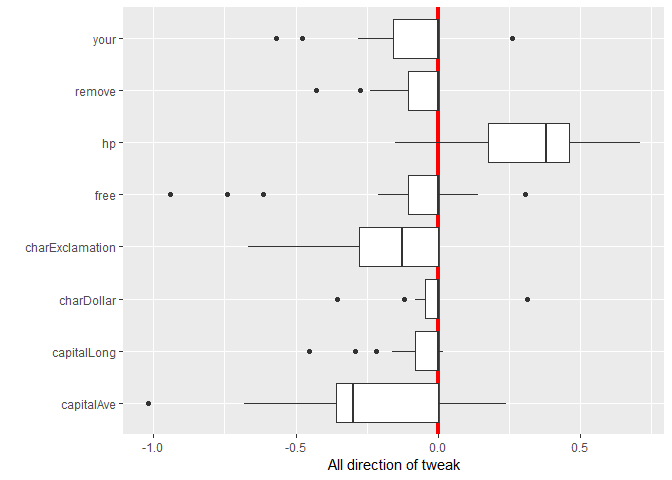Interpretable Predictions of Tree-based Ensembles via Actionable Feature Tweaking
Machine-learned models are often described as "black boxes". In many real-world applications however, models may have to sacrifice predictive power in favour of human-interpretability. When this is the case, feature engineering becomes a crucial task, which requires significant and time-consuming human effort. Whilst some features are inherently static, representing properties that cannot be influenced (e.g., the age of an individual), others capture characteristics that could be adjusted (e.g., the daily amount of carbohydrates taken). Nonetheless, once a model is learned from the data, each prediction it makes on new instances is irreversible - assuming every instance to be a static point located in the chosen feature space. There are many circumstances however where it is important to understand (i) why a model outputs a certain prediction on a given instance, (ii) which adjustable features of that instance should be modified, and finally (iii) how to alter such a prediction when the mutated instance is input back to the model. In this paper, we present a technique that exploits the internals of a tree-based ensemble classifier to offer recommendations for transforming true negative instances into positively predicted ones. We demonstrate the validity of our approach using an online advertising application. First, we design a Random Forest classifier that effectively separates between two types of ads: low (negative) and high (positive) quality ads (instances). Then, we introduce an algorithm that provides recommendations that aim to transform a low quality ad (negative instance) into a high quality one (positive instance). Finally, we evaluate our approach on a subset of the active inventory of a large ad network, Yahoo Gemini.
PDF Abstract
